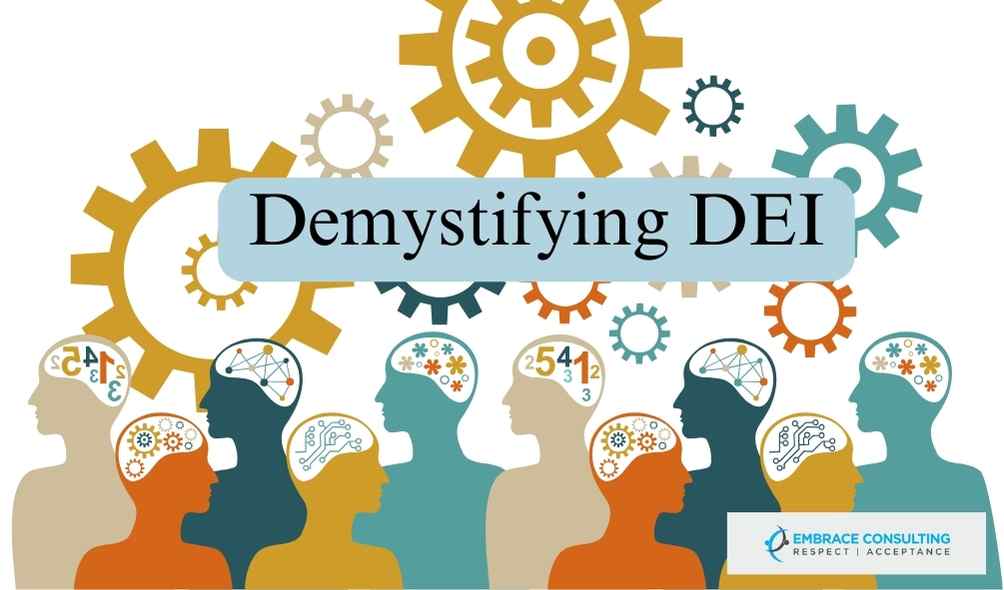For Chief Human Resource Officers (CHROs) and Chief Experience Officers (CXOs) navigating the ever-evolving landscape of talent management, Diversity, Equity, and Inclusion (DEI) have become crucial concepts.
But what exactly do these terms mean, and how do they translate into tangible benefits for your organization?
Diversity: A Spectrum of Talent

Diversity refers to the variety of human experiences, backgrounds, and identities within your workforce. This encompasses factors like:
- Race and ethnicity
- Gender identity and sexual orientation
- Age
- Disability status
- Socioeconomic background
- Educational background
- Work experience
A truly diverse workforce brings a rich tapestry of perspectives, fostering creativity and innovation.
Data Point: A 2020 BCG study found that innovation revenue for companies with above-average diversity was 19 percentage points higher than for those with below-average diversity.
Equity: A Level Playing Field

Equity ensures fair treatment and access to opportunities for all employees, regardless of their background. This means:
- Eliminating unconscious bias in hiring, promotion, and development opportunities.
- Providing equal pay for equal work, regardless of identity.
- Creating an environment where everyone feels comfortable expressing their ideas and perspectives.
Data Point: A 2019 McKinsey study revealed that companies in the top quartile for gender diversity on executive teams were 25% more likely to have above-average profitability than those in the bottom quartile.
Inclusion: Fostering a Sense of Belonging

Inclusion goes beyond mere presence. It’s about creating a work environment where everyone feels valued, respected, and empowered to contribute their best work. This includes:
- Building trust and psychological safety within teams.
- Celebrating differences and promoting cultural competency.
- Encouraging open communication and collaboration.
Data Point: A 2020 Glassdoor survey found that 67% of job seekers consider a company’s diversity a factor when evaluating employment opportunities.
The ROI of DEI: A Data-Driven Perspective

The financial benefits of prioritizing DEI are undeniable. Here’s a breakdown of the impact:
- Enhanced Profitability: Studies consistently demonstrate a positive correlation between diversity and profitability.
- Improved Talent Acquisition and Retention: Diverse workplaces attract top talent and reduce costly turnover.
- Stronger Brand Reputation and Customer Satisfaction: Consumers are drawn to companies championing inclusion.
- Innovation and Market Growth: Diverse teams foster innovation and unlock new market opportunities.
Beyond the numbers: DEI also leads to increased employee engagement, more effective problem-solving, and better decision-making, further solidifying its importance.
Taking Action: Implementing a Successful DEI Strategy
Here’s how CHROs and CXOs can turn DEI into action:
- Conduct a DEI audit to assess your current state.
- Develop a comprehensive DEI strategy with measurable goals.
- Implement unconscious bias training for all employees.
- Foster a culture of inclusion through open communication, team-building activities, and recognition programs.
- Track your progress and make adjustments as needed.
DEI is not just a buzzword; it’s a strategic investment with a tangible return. By embracing a diverse and inclusive workforce, you create a strong foundation for long-term organizational success, attracting and retaining top talent, driving innovation, and ultimately, achieving superior financial performance.










